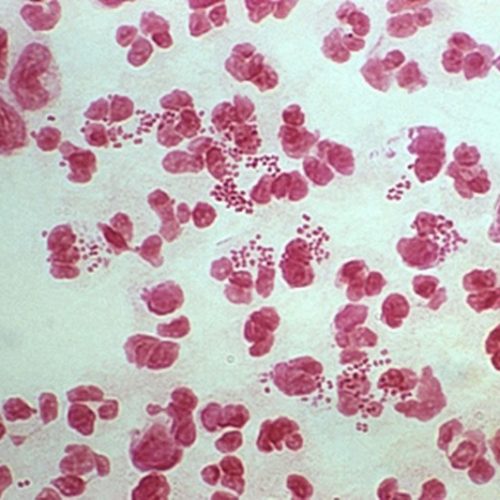Sexually Transmitted Infection in Corrections

The Centers for Disease Control and Prevention (CDC) state unequivocally that Sexually Transmitted Infections (STIs) are “the hidden epidemics of enormous health and economic consequence in the United States” (CDC, 2011). They suggest that there are community-based interventions that are effective, but in order for these interventions to work, stakeholders must “redefine their missions, refocus their efforts, modify how they deliver services and accept new responsibilities” (CDC, 2011). Correctional facilities, both at the local jail level and at the prison level, are one such stakeholder. Many research studies and surveillance projects have verified a high prevalence of STIs are found in individuals entering the criminal justice system at both the adult and juvenile level. The prevalence rates for gonorrhea and chlamydia in those individuals entering correctional facilities have been shown to be the highest of any community agency. Thus, screening for chlamydia, gonorrhea and syphilis at intake offers the opportunity to identify infections, prevent complications and have an impact upon both the individual’s health and the health of the community. However, budgetary constraints often dictate that this is not able to be routinely done. It is therefore extremely important that the correctional nurse is able to identify individuals who may be suffering from a sexually transmitted infection and facilitate their treatment while incarcerated. In addition, patient education regarding transmission, treatment and potential long-term effects of not treating sexually transmitted infections is also extremely valuable.